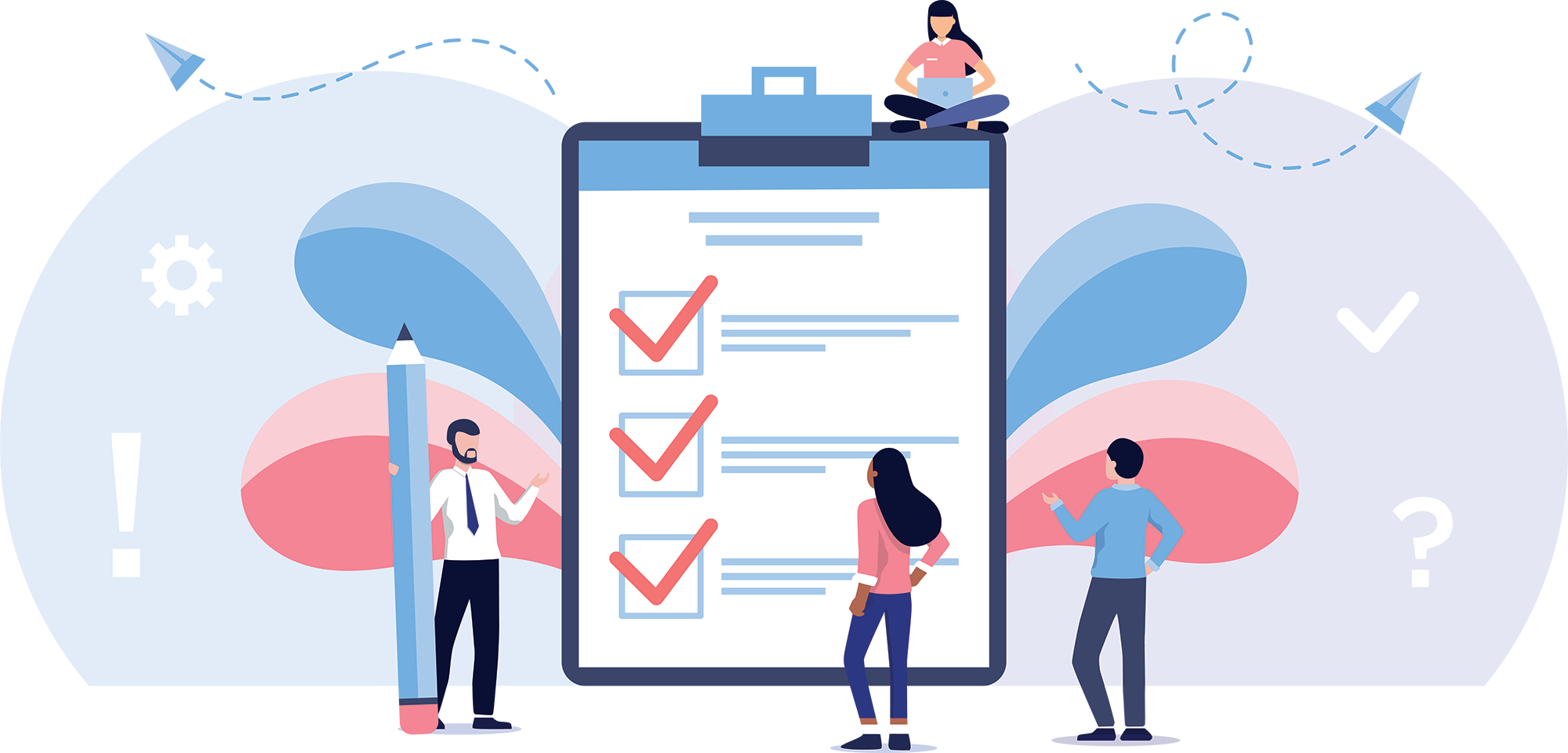View this post in ASL in a new tab or scroll to the bottom to view on this page.
How Do We Compare? Our Top 10 List
Welcome to the final part of our series exploring the ins and outs of nonprofit financing. For review:
- Part 1: Our Approach is available here.
- Part 2: Where Does the Funding Come From? is available here.
- Part 3: Our Services and Operating Reserve is available here.
We’ve talked about why WellPower exists, where our funding comes from and where it goes, and even how we’re a bit like a restaurant. By now you might be wondering, “How does WellPower compare to the other centers in the state?”
You’re in luck – For this final part of the series, we’ve put together a Top 10 List of how we stack up against the 17 other community mental health centers (CMHCs) in Colorado. You’ll recall that each CMHC has a different area of the state to serve, which ensures that the whole state is covered.
Now, for our Top 10 List. Among the 17 CMHCs in Colorado, WellPower is:
1. #1 in total units of services provided. We provide the highest volume of services in the state. This is illustrative of the comprehensive range of services we offer – not just traditional therapy but housing, education and job skills training, financial management, art programs, a professional culinary program, food boxes, innovative public-private partnerships and much more.
2. #1 in units of service per person. Considering we provide the highest volume of services in Colorado, it naturally follows that WellPower also provides the highest number of service units per person we serve. This is a reflection of the greater complexity of needs of the people we serve: the higher the need of the individual, the more services they receive. We provide 10 more units of service per person served than next highest CMHC.
3. #3 in number of people served. Depending on the year, we serve just over 20,000 people. Our partner CMHCs range from 2,900 to 27,000.
4. #10 in “relative value units” (RVUs) provided per person served. RVUs are weights defined by the state that determine how well a particular service is reimbursed by Medicaid. Note that the “value” here refers to the financial reimbursement level, not to the clinical quality of that service. When taken with our #1 ranking in number of units of service, our #10 position in number of RVUs per person shows that many of the services we provide for people are weighted at lower rates and thus have lower reimbursement. Our targeted case management and psychiatric rehabilitation programs are two examples of these services that have low reimbursements but make a world of difference for the people we serve.
Speaking of those services, some more stats – we provide:
5. 70% of the Residential Days in the state through our group home and apartment permanent supportive housing programs.
6. 30% of the Psychosocial Rehabilitation services in the state. These are supported education and employment services that are critical for helping people get back on their feet and build self-sufficiency.
7. 34% of the Intensive Case Management (ICM) and Assertive Community Treatment (ACT) services in the state. This includes driving people to appointments, helping them find housing and support in meeting a range of other needs, as well as our STAR and Co-Responder programs.
8. #14 in cost per unit of service, where #1 is most expensive and #17 is least. We are among the most cost-effective CMHCs in the state. On average, our service codes have a RVU weight of 0.6, or less than 1. This means that the majority of our services are low weighted services – which, again, means lower reimbursement and lower funding – though they are of high importance to the people we serve.
9. #9 in indirect cost, where #1 is highest indirect cost and #17 is lowest. This shows that our administrative and other non-clinical costs are very reasonable (read: “boring”), particularly considering the range and complexity of the services we provide.
10. And finally, 71% of the services we provide are unique to CMHCs and not typically covered by private providers. We are proud of our focus on the services that are needed to support people in their recovery, strengthen their well-being and address the social determinants of health. Our mission is to serve the people of Denver as the community mental health center. This means that we have a responsibility to offer whatever services are needed by our community, regardless of how profitable those services might be. We’re not making our business decisions based on maximizing revenue; we’re looking at what the people we serve need and then figuring out how to make that work financially.
That wraps up our series on “The (Not-So) Secret Financial Lives of Nonprofits,” featuring WellPower. Have more questions we didn’t address here? We’d be happy to talk more – feel free to contact us here.


